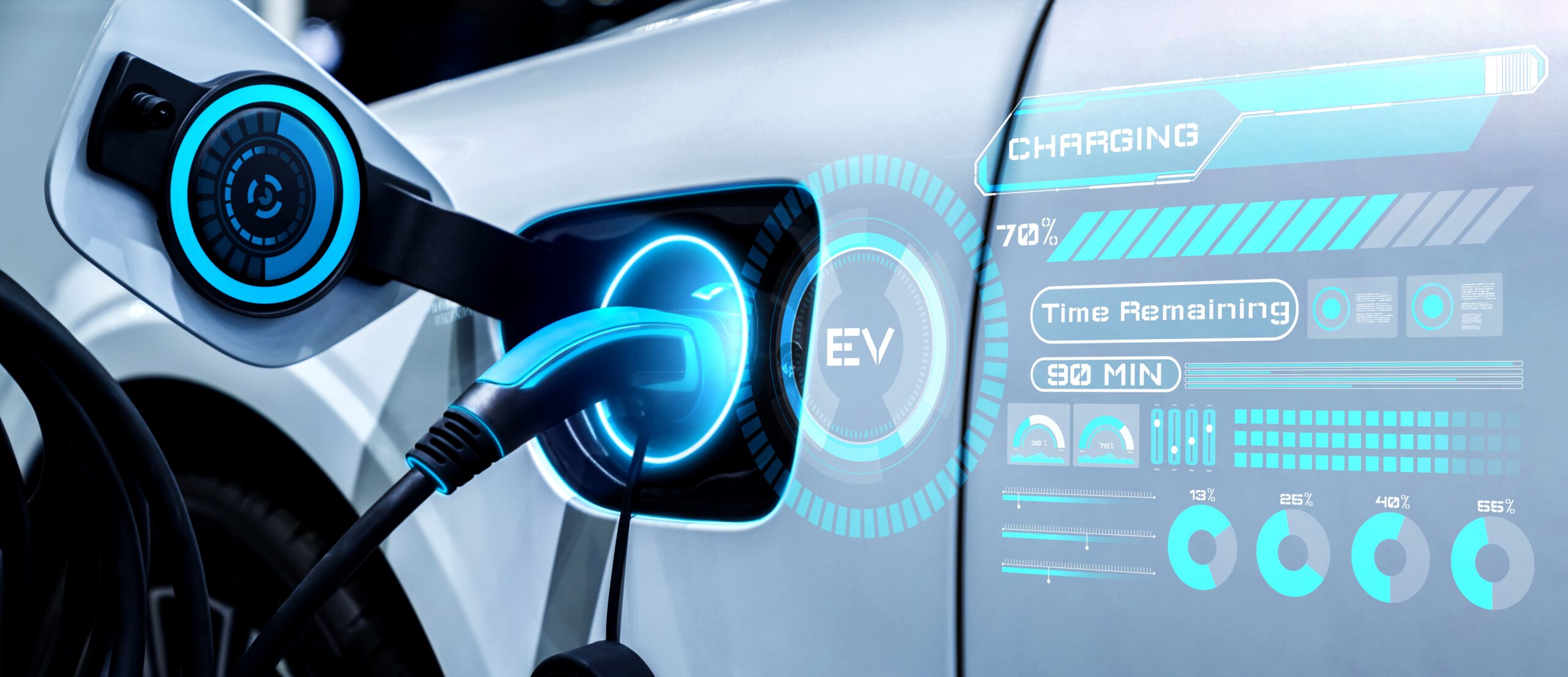For the utility grid to support growing electricity demand, we’ll need to harness the collective capacity of the distributed energy resource (DER) installed base. Fortunately, many home appliances are becoming DERs by virtue of their control over energy-consuming devices behind the meter—you may better know these DERs as “smart” devices.
The penetration of “smart” technologies has not yet reached parity with more standard models; however, growing consumer demands for a smart home environment responsive to both occupants’ needs and external factors are moving some communicating, wi-fi enabled, or otherwise intelligent technologies past the “early adopter” phase. If you don’t believe me, just give your email inbox a scan for the promotional emails from manufacturers, big box stores and your favorite online marketplace.
Moving beyond inbox anecdotes:
- 17% of home solar installations included battery storage in 2021. This number is expected to grow to 25% in the next couple of years, with greater penetration in states like California.
- Previously “dumb” devices like water heaters now come in grid-interactive models, signaling manufacturers’ desires to build customer relationships and boost satisfaction.
The installed base exists today to make significant improvements to grid reliability and customer-sited resiliency.
…But Customers Don’t (Yet) Have “Grid Services” in Mind
While those of us in the energy industry may buy our appliances with grid services or flexible capacity in mind, we know this is not the case for most customers. Instead, smart device purchases are typically made to manage energy for increased bill savings, meet individual sustainability goals, improve home resiliency in the face of an outage or — still — serve as another gadget to build out the smart home further.
The reality is that today customers aren’t yet coming to their utility in droves, asking how to stack value on their DER devices by participating in grid services programs. Given this, it’s also hard for utilities to understand the existing installed base of smart devices, and it’s sometimes hard for manufacturers to track where their products have ended up through extended distribution networks. However, with the right solution mix, these utilities and their partners are beginning to surmount these challenges.

Generac Equipped to Engage the Installed Base
Generac has the most extensive installed base of residential backup power solutions in the United States. Additionally, Generac provides customers with clean energy technologies through the PWRcell and accompanying product suite. The company’s recent acquisition of ecobee inc., among other DER device providers, has supported Generac’s purpose to “lead the evolution to more resilient, efficient and sustainable energy solutions.”
Along with its suite of backup power products, Generac has an engaged network of more than 10,000 dealers. Dealers provide customized energy technology solutions to their customers, expanding and capturing information related to the device installed base with customer permission.
Adding to the recipe for success, Generac Grid Services can monetize assets already in the field by enabling them to provide grid services through utility programs or open markets, where allowed. And Generac Grid Services remains partner agnostic, enabling utilities and other customers to leverage a broad portfolio of devices while supporting residential customer choice.
Enbala (now Generac Grid Services) founder Malcolm Metcalfe routinely states that with the right distribution system optimization, the current grid infrastructure can deliver significantly more capacity. From hardware solutions to grow the installed base, to awareness of devices already in the field and existing grid operator relationships, Generac Grid Services is uniquely positioned to create high-value opportunities for stakeholders along entire value chain. As a member of the Generac Grid Services team, I can’t wait to see what new projects 2022 brings.




